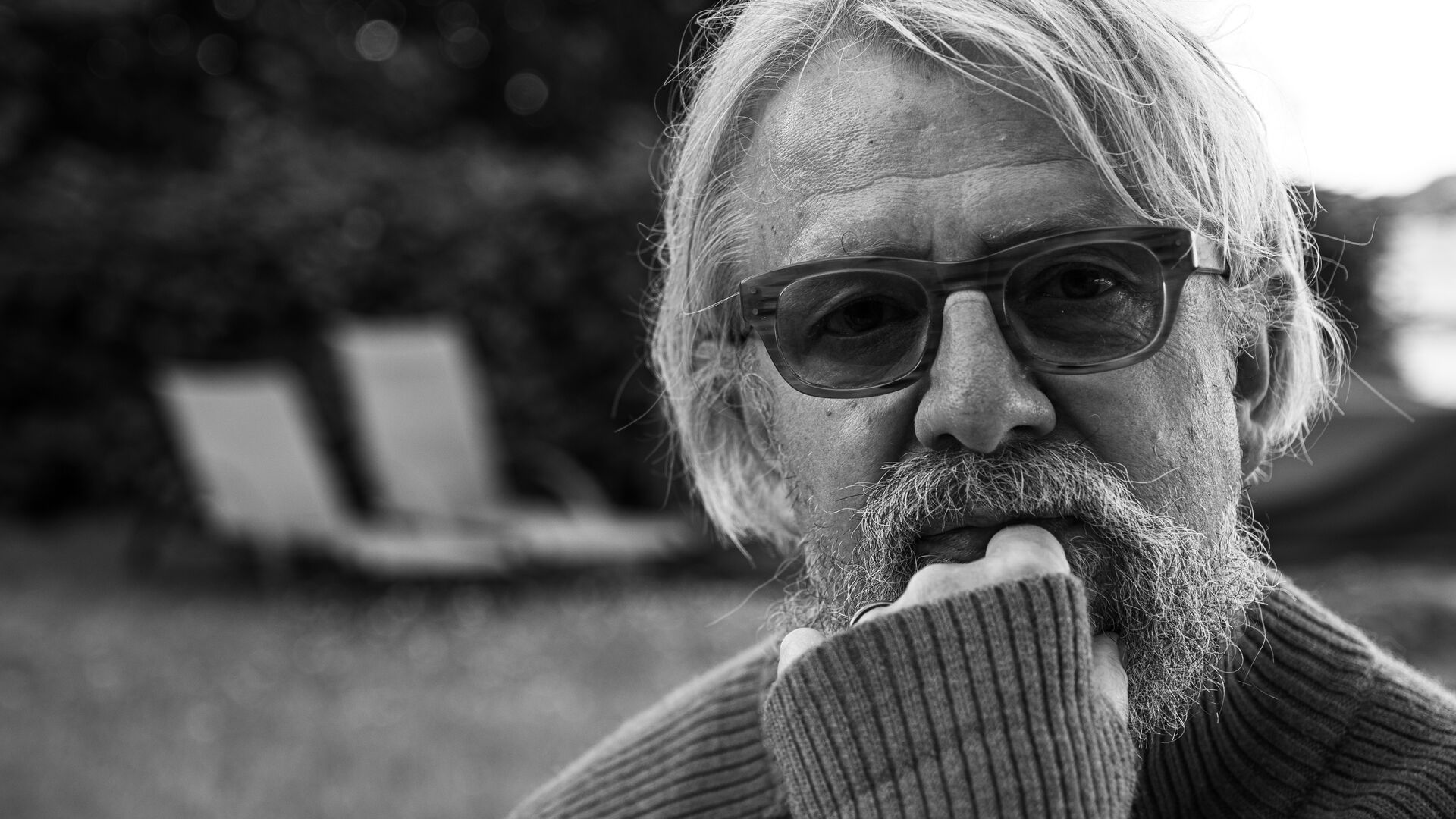Presently, field investigations in the design education at Oslo National Academy of the Arts (KHiO) are linked to public culture in different visual areas featuring surfaces, spaces, objects and the human body taught in three different study areas: graphic design & illustration, interior architecture & furniture design, clothing/fashion & costume design (presently clustering in areas of artistic research).
The theory curriculum of the MA-programme opens for investigations in a broad sense: making—pace Tim Ingold—as field-investigations gone live. As our notion of the ‘field’ is becoming entangled with the environmental situation, the grounds of a discipline with a theoretical provenance in humanities are shifting. In the sense that design is environmental humanities gone live. An agenda for a reflective practice of making turned to environmental responsivity.
The lunch intervention at OSEH goes live with this proposition by showing and explaining what we are trying to do in our theory classes, focussing on logbooks as a backdrop for developing reflective practice in design, from our MA programme. The book Investigative aesthetics: conflicts and commons in the politics of truth will be used to prompt discussions after the lunch pitch.
About the presenter
Theodor Barth (Dr. Philos. Anthropology) is a professor of theory & writing at the Oslo National Academy of the Arts (KHiO). In reverse chronology: KHiO, SINTEF, ARENA and NUPI. His work has been significantly concerned with involving writing in artistic practices; more broadly, with writing as a signature of wayfinding under conditions of criticality. His practice has hatched from keeping a diary under field-conditions to an archival project at KHiO (nicknamed Project Spinoza). This practice has been broadened by: a) exploring collaborations in experimental archaeology; b) collaborating with the Section for Pictures, Prints and Conservation at the National Library on environmental humanities and archival research (connecting related areas under the Norwegian constitution's §112).
About the event series
The OSEH Environmental Lunchtime Discussion series consists of short, 15 minute presentations by invited guests, followed by a discussion. We invite speakers from a wide variety of fields, both academic and beyond. The presentations are accessible and are aimed at anyone with an interest in environmental issues. All are welcome.
